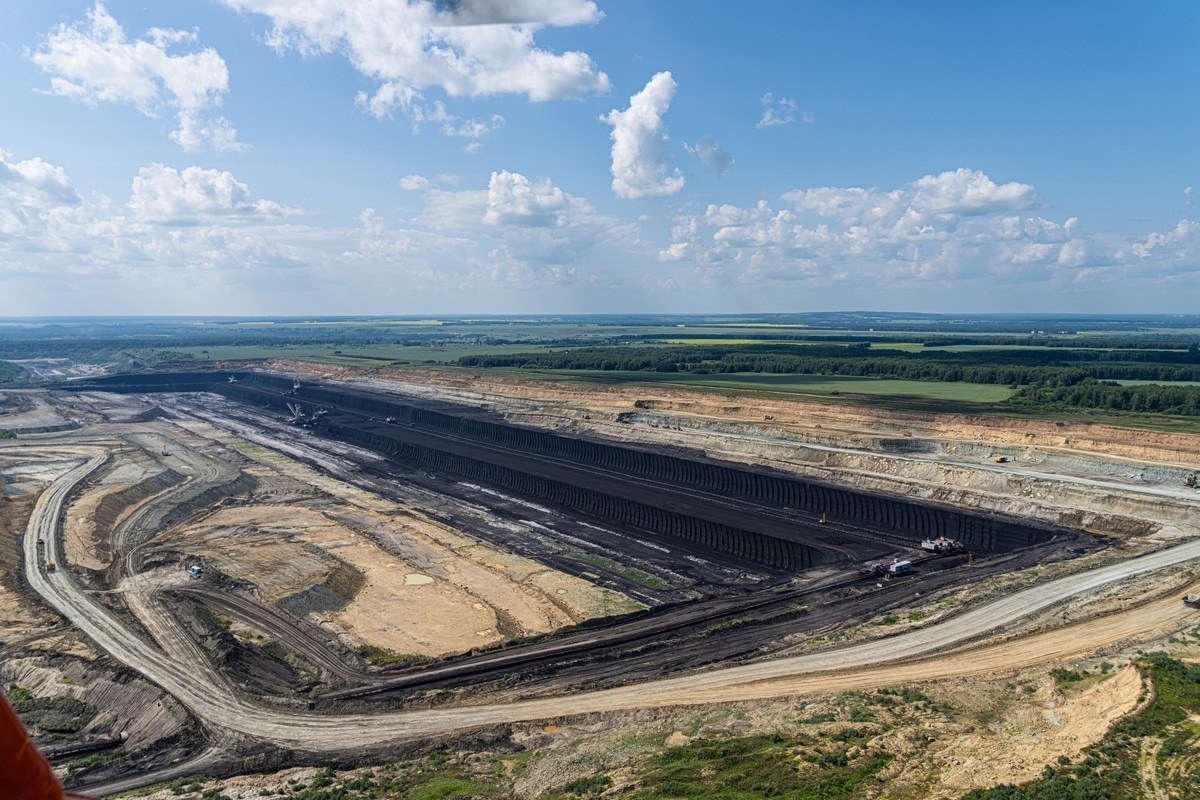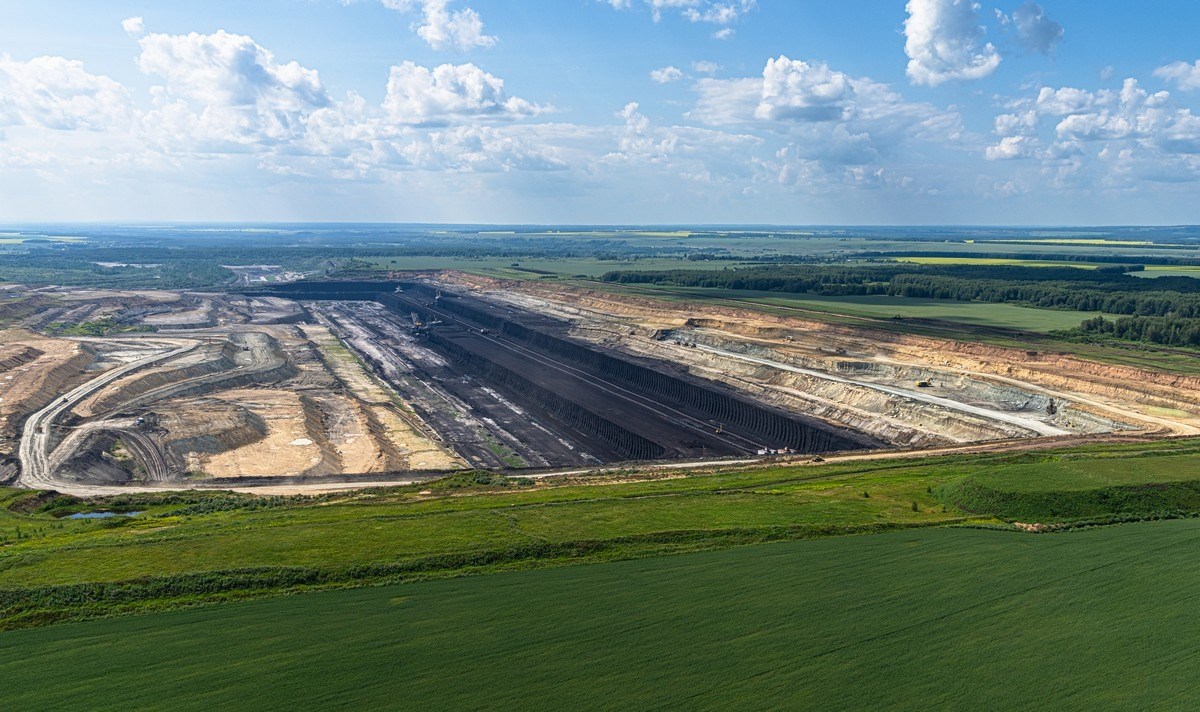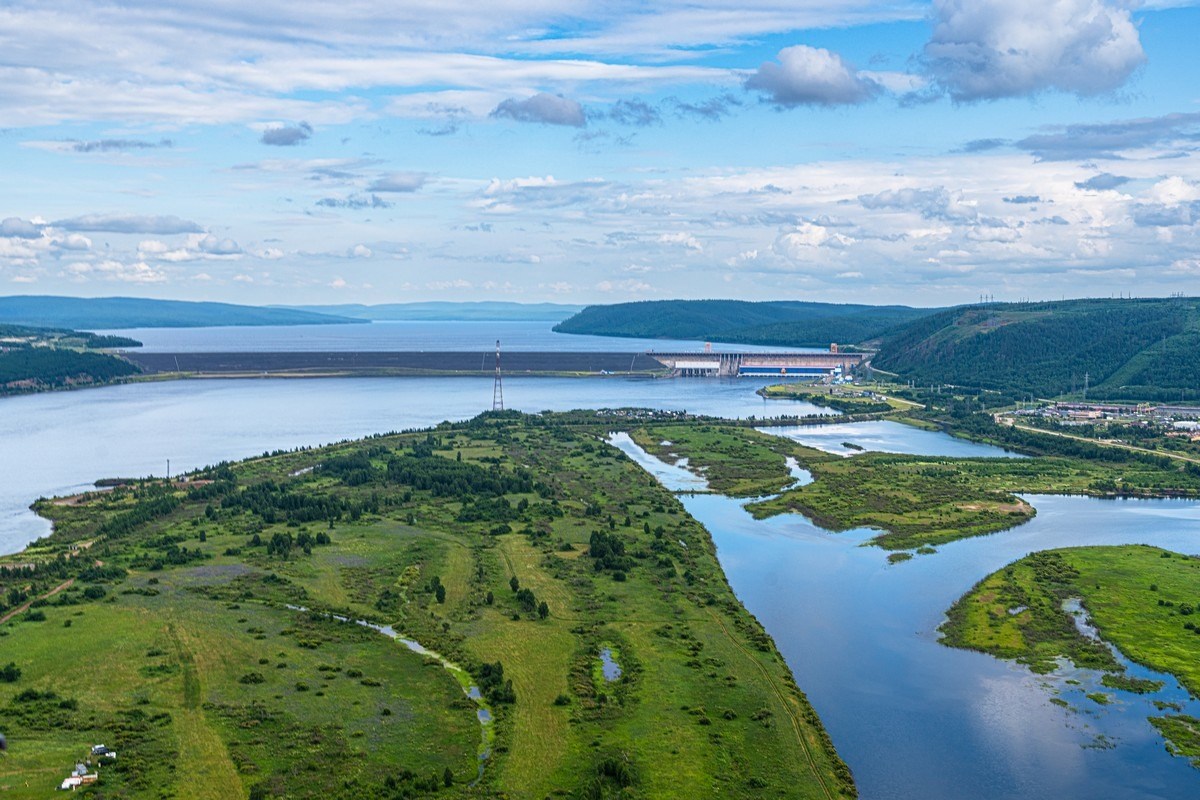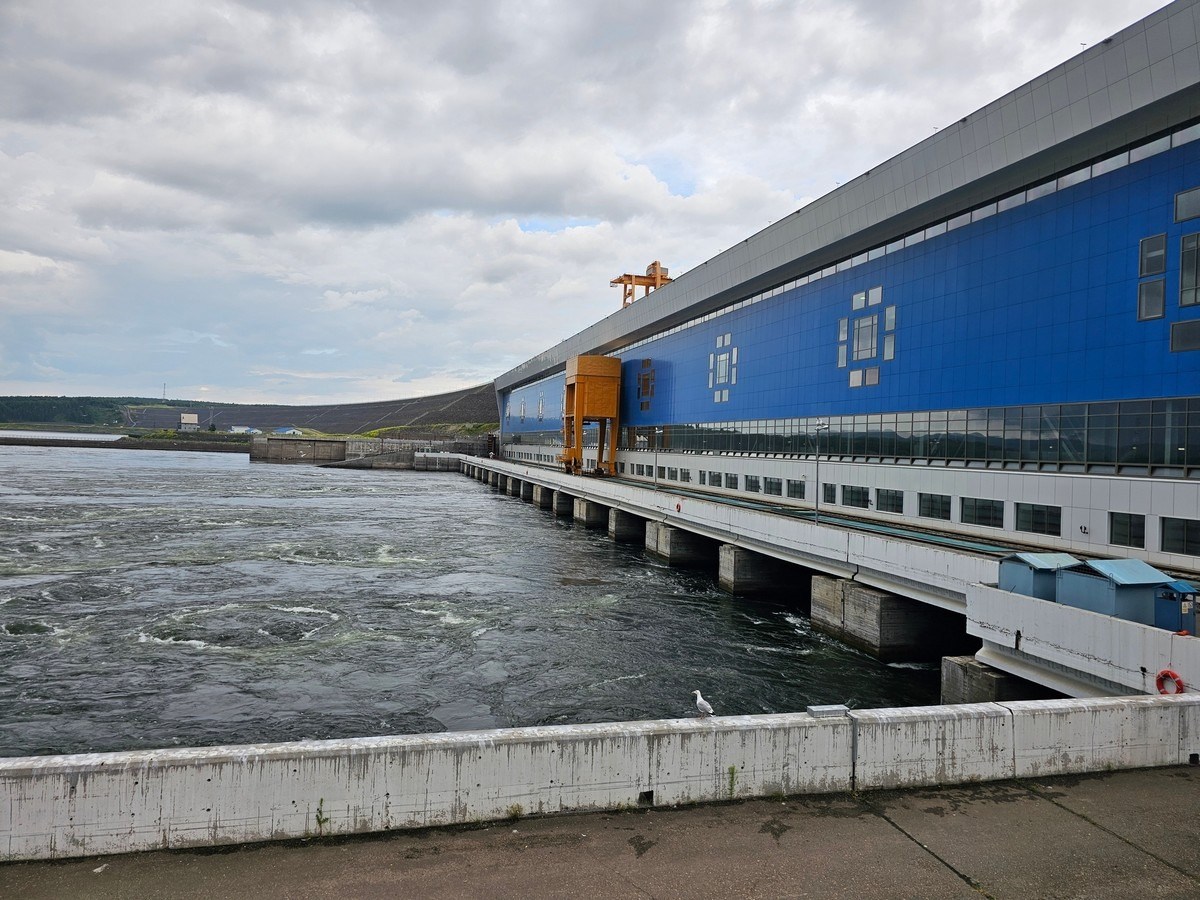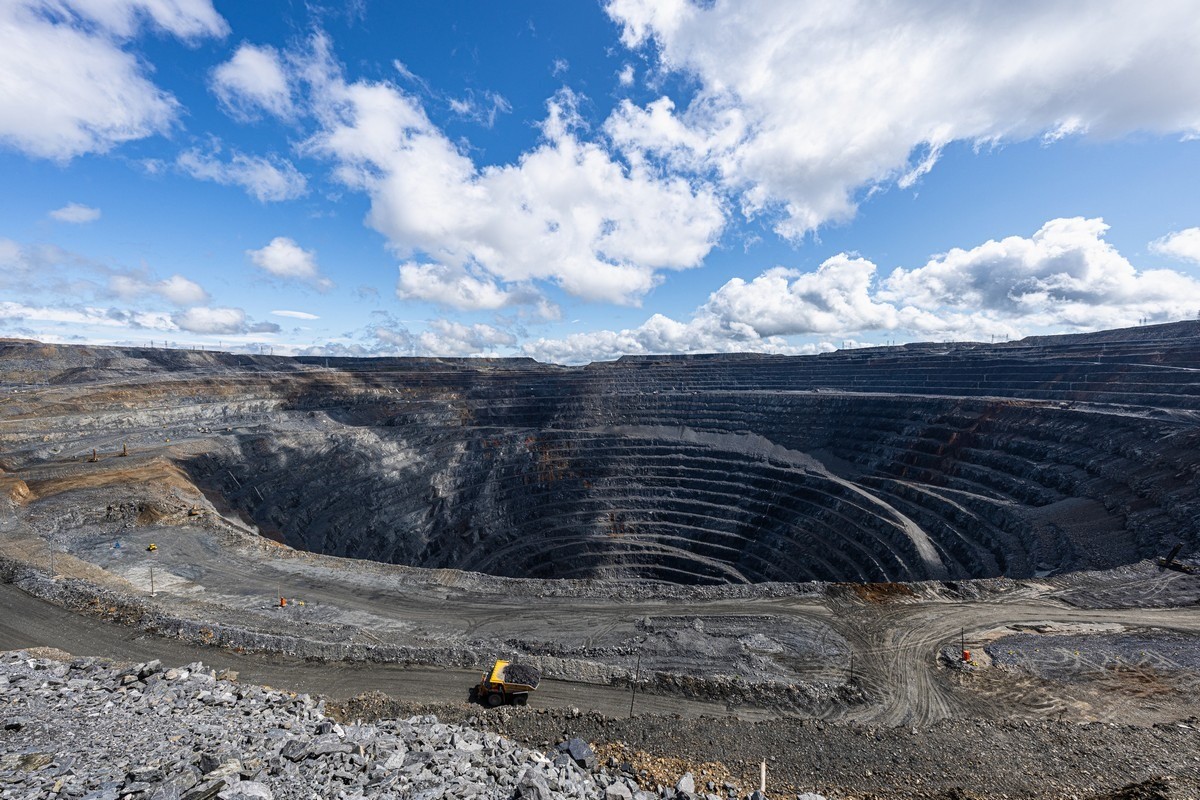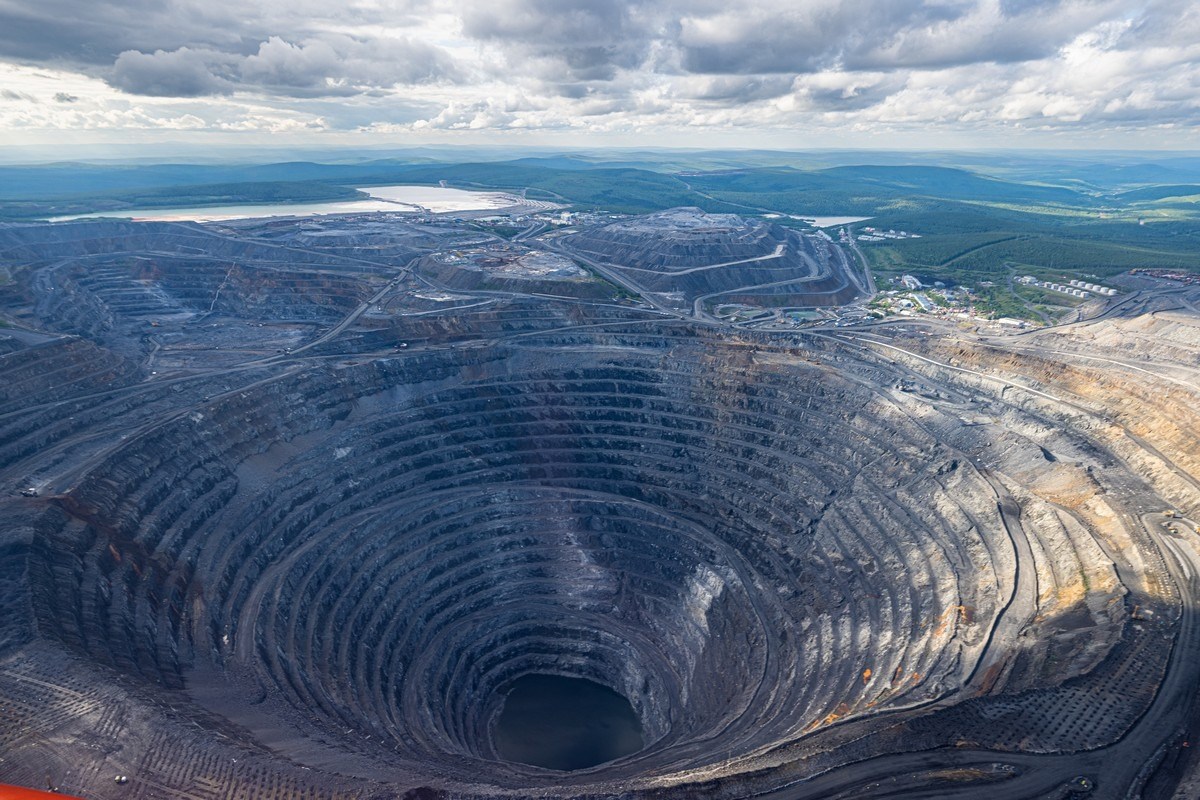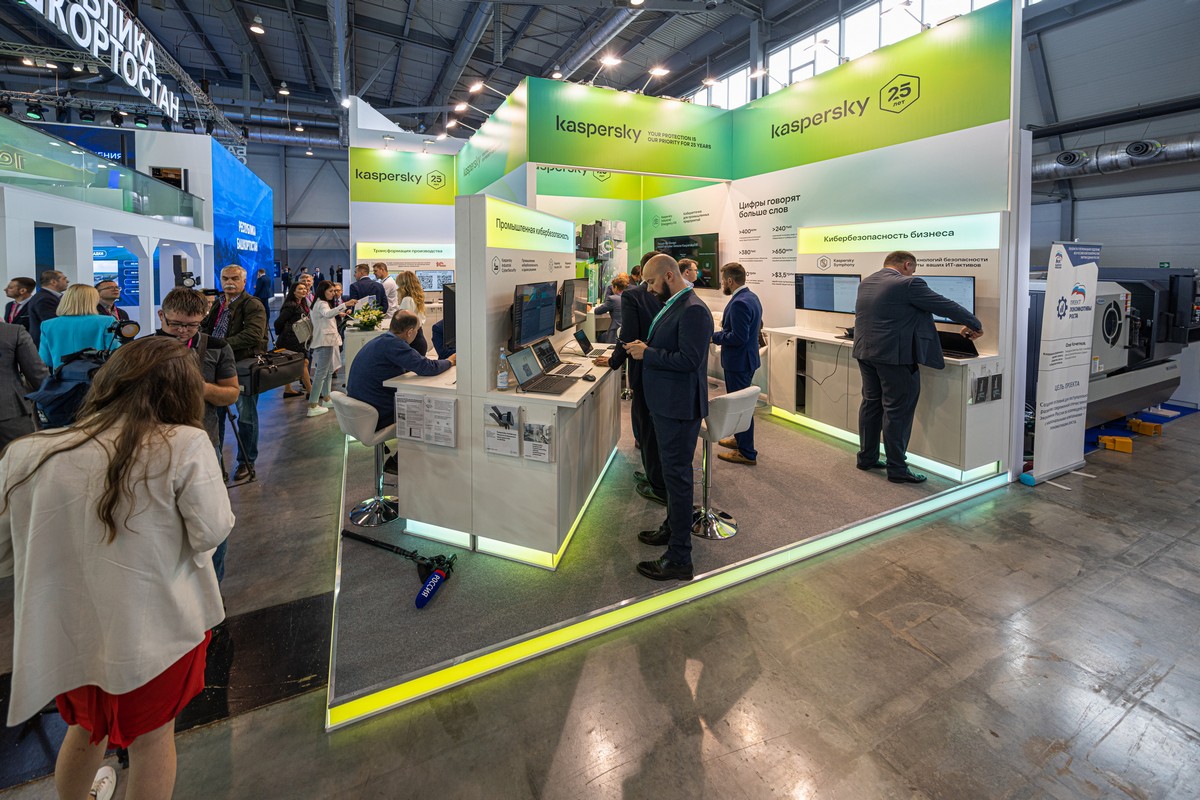Ten years is a long time in cybersecurity. If we could have seen a decade into the future in 2011 just how far cybersecurity technologies have come on by 2022 – I’m sure no one would have believed it. Including me! Paradigms, theories, practices, products (anti-virus – what’s that?:) – everything’s been transformed and progressed beyond recognition.
At the same time, no matter how far we’ve progressed – and despite the hollow promises of artificial intelligence miracles and assorted other quasi-cybersecurity hype – today we’re still faced with the same, classic problems we had 10 years ago in industrial cybersecurity:
How to protect data from non-friendly eyes and having unsanctioned changes made to it, all the while preserving the continuity of business processes?
Indeed, protecting confidentiality, integrity and accessibility still make up the daily toil of most all cybersecurity professionals.
No matter where it goes, ‘digital’ always takes with it the same few fundamental problems. ANd ‘go’ digital will – always – because the advantages of digitalization are so obvious. Even such seemingly conservative fields like industrial machine building, oil refining, transportation or energy have been heavily digitalized for years already. All well and good, but is it all secure?
With digital, the effectiveness of business grows in leaps and bounds. On the other hand, all that is digital can be – and is – hacked, and there are a great many examples of this in the industrial field. There’s a great temptation to fully embrace all things digital – to reap all its benefits; however, it needs to be done in a way that isn’t agonizingly painful (read – with business processes getting interrupted). And this is where our new(ish) special painkiller can help – our KISG 100 (Kaspersky IoT Secure Gateway).
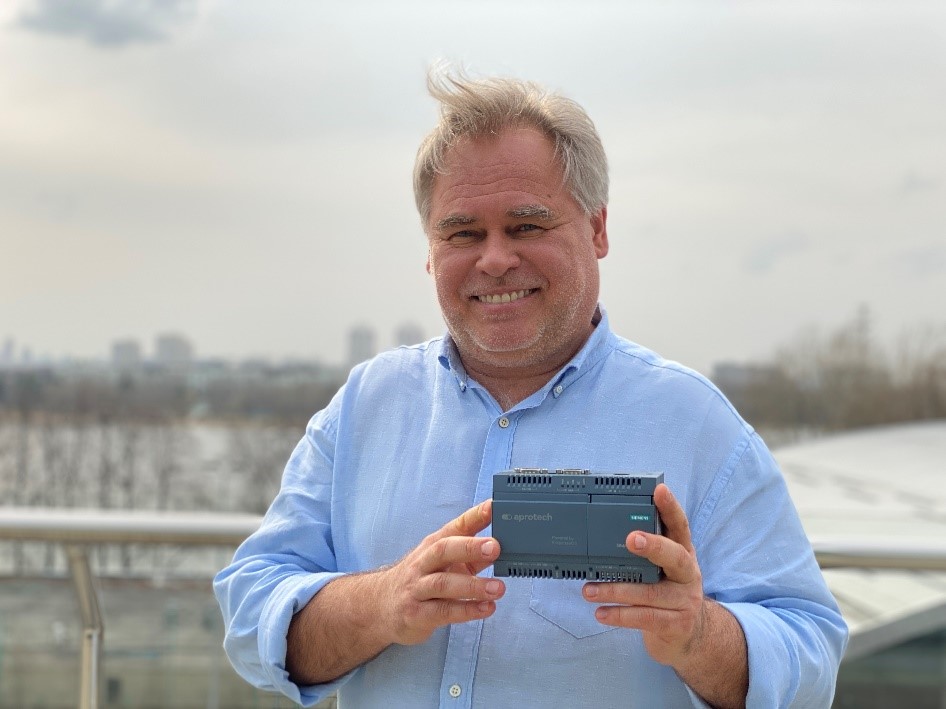
This tiny box (RRP – a little over €1000) is installed between industrial equipment (further – ‘machinery’) and the server that receives various signals from this equipment. The data in these signals varies – on productivity, system failures, resource usage, levels of vibration, measurements of CO2/NOx emissions, and a whole load of others – and it’s all needed to get the overall picture of the production process and to be able to then take well-informed, reasoned business decisions.
As you can see, the box is small, but it sure is powerful too. One crucial functionality is that it only allows ‘permitted’ data to be transferred. It also allows data transmission strictly in just one direction. Thus, KISG 100 can intercept a whole hodge-podge of attacks: man-in-the-middle, man-in-the-cloud, DDoS attacks, and many more of the internet-based threats that just keep on coming at us in these ‘roaring’ digital times.
Read on…
